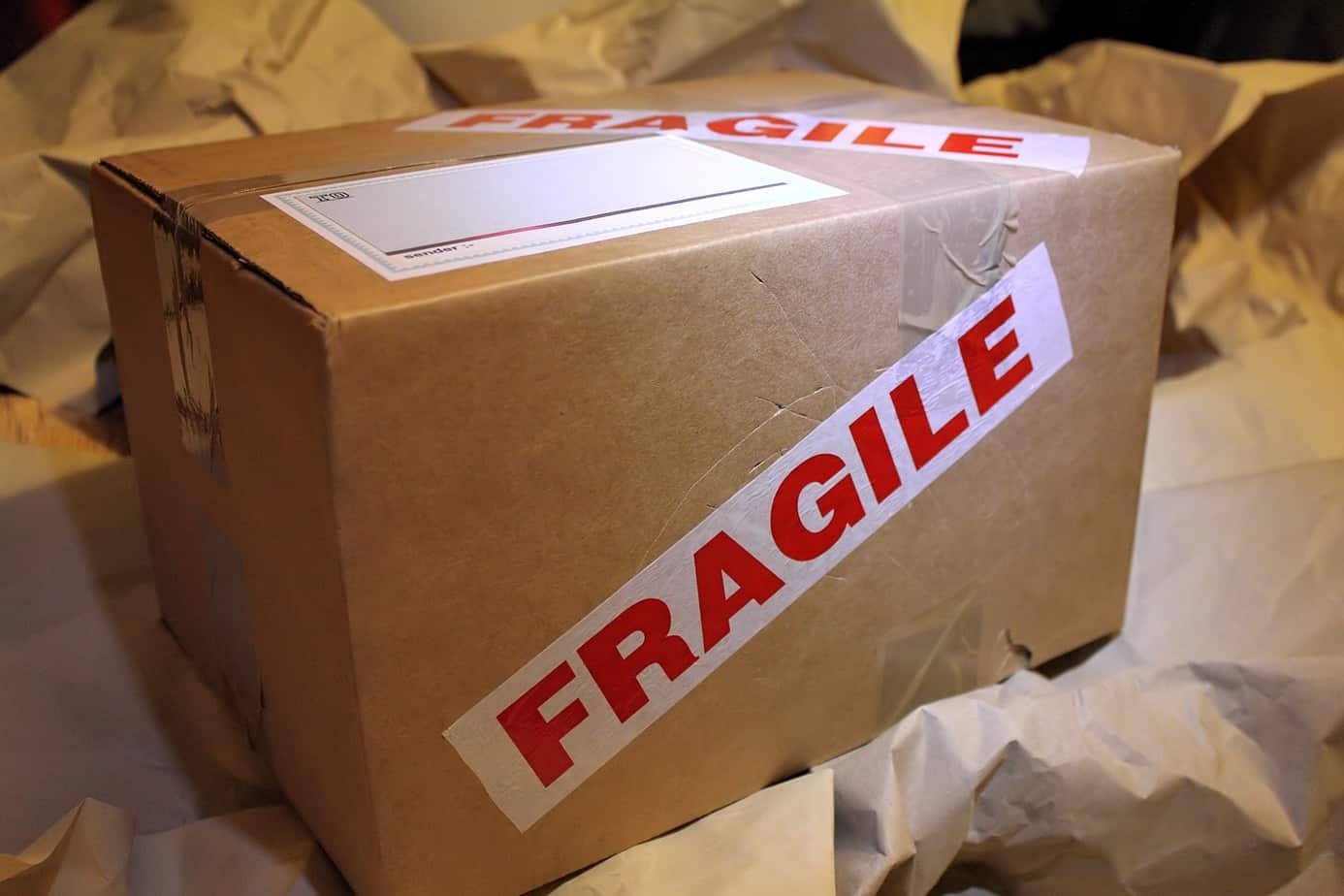Whenever you ship freight, damage is a possibility. In fact, most businesses plan for a certain amount of shipping damage, expecting that items will be lost, broken, or even destroyed while they make their way from the warehouse to their destination.
The problem is, too much damage can be costly, not only in terms of lost product but also in the damage to your company’s reputation. And even if you test your shipping containers and methods before putting anything on the truck using common method, such as impact testing, you may not have a complete idea of what’s happening to your items while they are in transit.
Using impact sensors and other tools to monitor your shipments will give you a better idea of how your products are faring on the road, but it’s also a good idea to understand exactly how your products are being damaged so you can prepare for it and protect your items more effectively. Based on data collected from various companies about common package handling problems, and insights from the transporters themselves, here are some of the common reasons that your packages are damaged, and what you can do about it.
5 Common Reasons for Shipping Damage
So what causes packages to be damaged during shipping?
1. Rough Handling. Although shipping companies do take precautions to avoid damages the items they ship, it’s a fact that rough handling happens. Shipping companies handle thousands of packages every day, and teams are charged with getting those packages to their destination as quickly as possible. That means packages aren’t always handled with care, and may be shuffled around, stacked roughly, and yes, sometimes even tossed between handlers or into trucks or cargo holds.
2. Road Conditions. Riding in the back of a trailer can be rough on packages, especially if the trailer isn’t packed correctly. Drivers don’t always have control over road conditions, though, and driving over curvy or poorly maintained roads can cause shifting and bouncing around in the trailer, which causes damage.

3. Incorrect Packaging. The packaging you use needs to meet certain requirements to resist being crushed or otherwise damaged. And the items inside need to be packaged so that even if the outer packaging is damaged, the items inside are safe and secure. If you don’t take care to package your shipments correctly, then damage is a distinct possibility.
4. Accidents. Things happen out on the road. And when they do, your shipments can be damaged. Accidents can happen anywhere; many shipments have been damaged or destroyed by equipment or other problems in the warehouse or shipping center during transit too.
5. Weather. If it gets too hot or cold inside the trailer, your shipments can be damaged. Monitoring the temperature during shipment is important for certain items, such as electronic equipment, because extreme heat or cold can damage them.
Of course, we can’t overlook problems like packages being accidentally dropped, or other cases of human error, but any one of these factors can contribute to major costs and lost products.
Preventing Shipping Damage
By understanding what causes shipping damage, it’s easier to prevent it and implement standards to reduce damage from these factors that you have no control over. Again, testing your packaging beforehand and selecting methods that can withstand the typical conditions will go a long way toward reducing damage, but there are some other tactics you can use as well, such as:
- Using sensors. Adding sensors to your packages that measure and log conditions during shipment allow you to more closely analyze the real-world conditions your packages endure and identify problems that you may not have considered previously.
- Package correctly. It may seem obvious but beginning with the right packaging will significantly reduce the likelihood of damage, and in some cases, make it easier to seek reimbursement from the freight company if necessary.
- Label packages adequately. Using labels on your packages to indicate that the items are fragile, need to be oriented a particular direction, or not stacked, for instance, can help ensure they remain safe after they leave your warehouse.
Preventing shipping damage is important to protecting your company’s bottom line and to keeping the supply chain moving. When you know what’s really happening to your packages and take steps to protect them, losses due to damage will decline.

